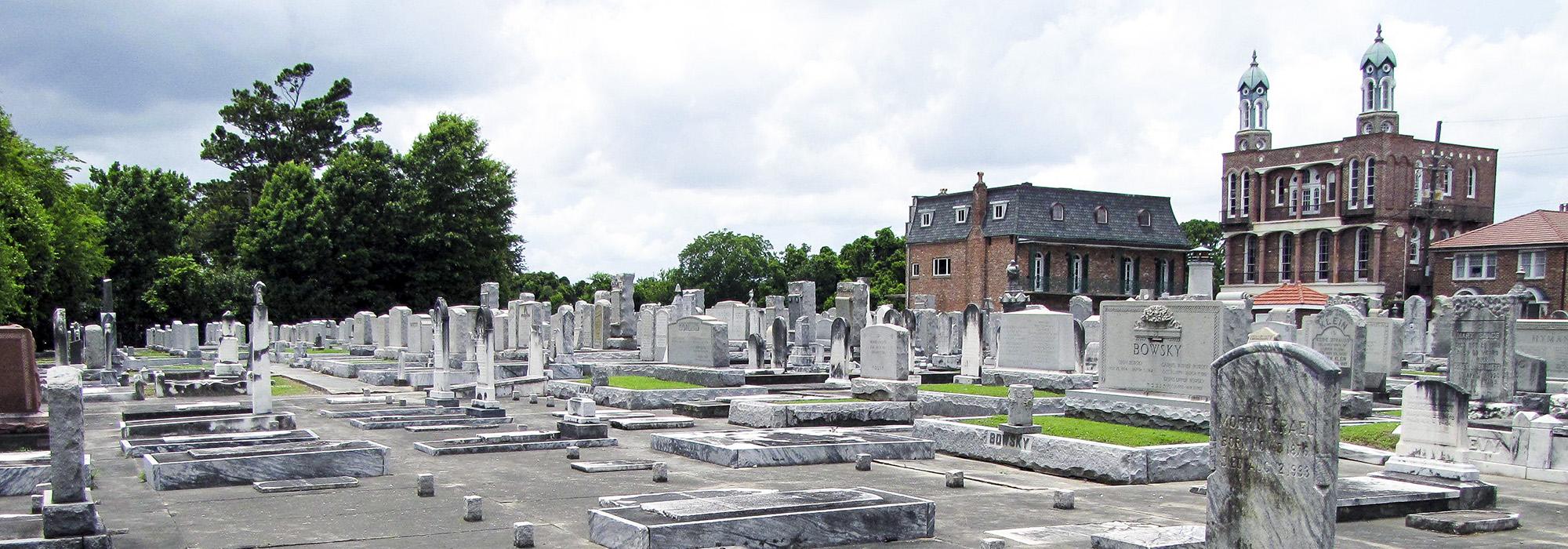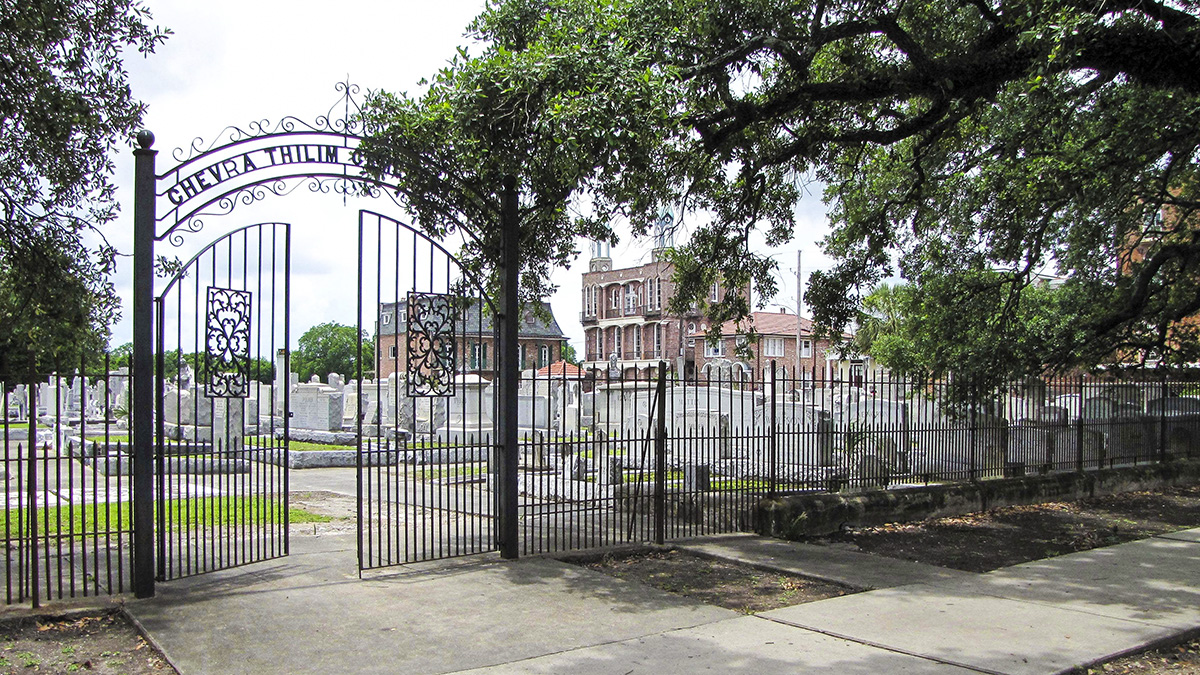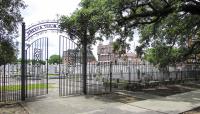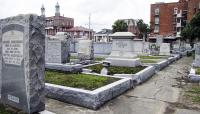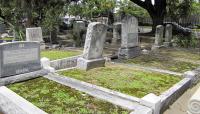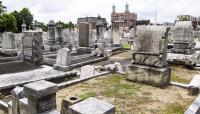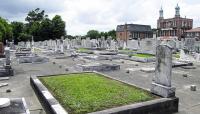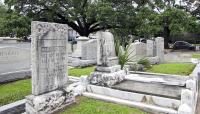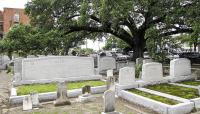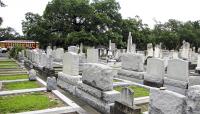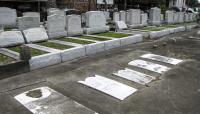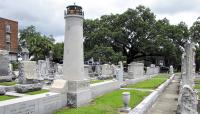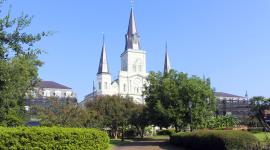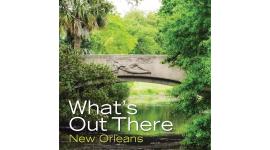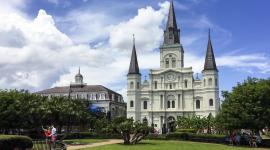Landscape Information
Originally founded as Tememe Derech in 1858, this Jewish cemetery was renamed Gates of Prayer in 1939. It is located at the end of Canal Street on the Metairie Ridge, a stretch of raised land along the natural levee of the historic Bayou Metairie. The cemetery also serves as a resting place for the Beth Israel and Chevra Thilim congregations, and those names are also used to refer to the cemetery. A cast-iron gate and broad live oaks mark the cemetery’s main entrance on Canal Street. Graves are arranged in long rows perpendicular to the street, creating dramatic views from the sidewalk through the full length of the parcel. While a section of the cemetery is dedicated to in-ground burials marked by simple marble slabs, most of the graves are made of marble-frame raised beds filled with soil, satisfying Jewish tradition that the deceased be buried in the ground, while responding to New Orleans’ high water table. Some tombs are accentuated with ornate memorial architecture reminiscent of the city’s Catholic cemeteries, but in keeping with Jewish tradition, all the graves face east toward Jerusalem. The plan of the cemetery is irregular, with tombs on the southern border meeting adjacent buildings, parking lots, roads, and homes at severe angles. All spaces between tombs are paved, creating a solid concrete cover disrupted only by the rectangular patches of grass in the raised-bed tombs. The southeastern corner of Gates of Prayer abuts St. Patrick Cemetery No. 1 with its above-ground tombs and prominent Christian imagery, a juxtaposition that highlights the variety of religious burial traditions in the city.



